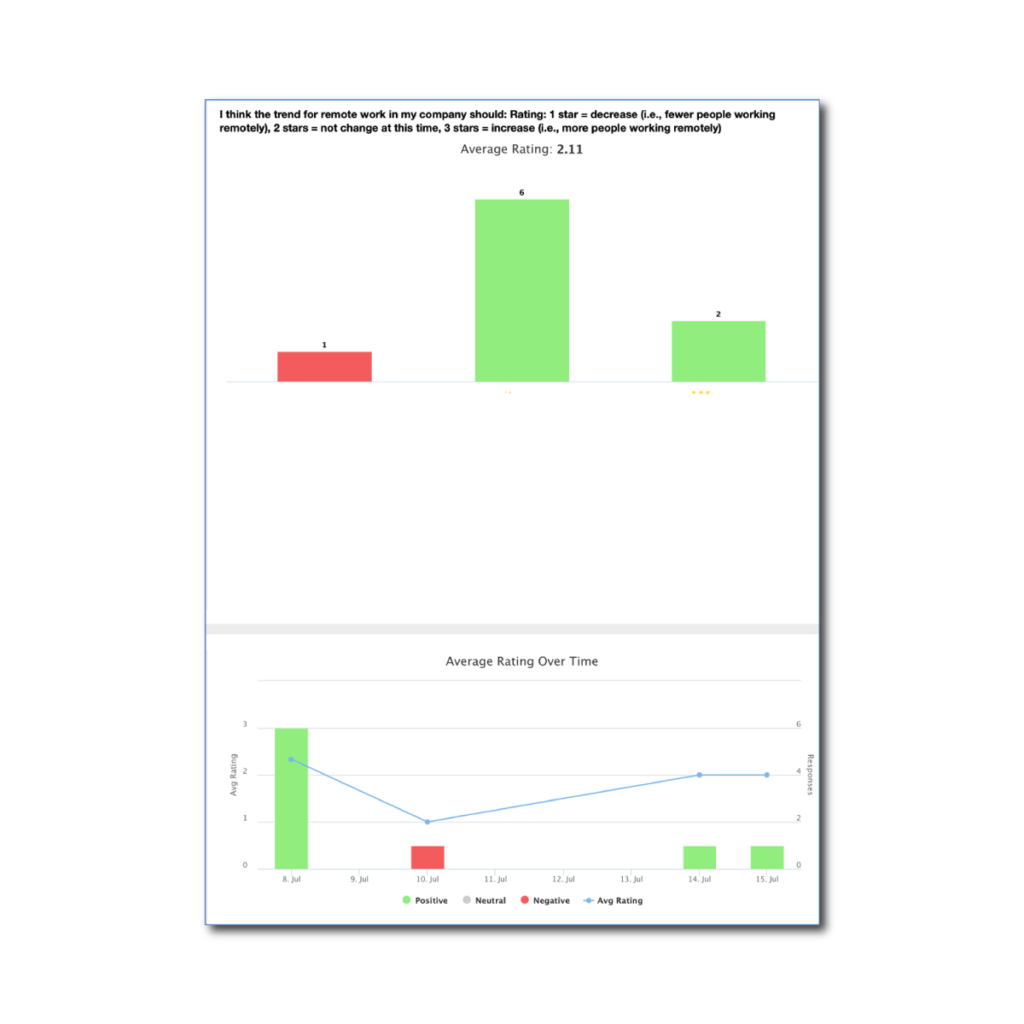

The Problem We Discovered:
Distributed companies understand the importance of measuring culture but lack a way of identifying and tackling issues in a standardized and formulaic approach company-wide.
The Answer We Developed: Distributed Culture Heat Map
A new launch as of July 1, 2020, Talent Sequencing’s answer to monitoring culture health for distributed and virtual companies and their teams.
Why a Distributed Culture Heatmap (DCH)?
Each company has its individual culture, made up of its own unique stylistic and values fingerprint. However, as COVID-19 hit, many companies were forced to change the way they did business, both externally with their customers, and internally with their staff & employees.
The biggest physical byproduct? Non-essential workers went virtual, no longer commuting into offices, branches or pods.
The impact? Executives who were used to MBWA (management by walking around) struggled to see and feel what was happening in the company with collaboration, project management, creativity, and competition.
The Solution
We’ve created a fast-to-complete, culture health-monitoring survey tool based on the well regarded Competing Values framework.

It pulses a company’s employees every 4, 8 or 12 weeks and generates a relative measure of how a culture is moving. This creates a heat map for potential problem areas that can then be focused on with by company leadership, the talent function inside an organization, or external coaching resources to course correct and strengthen where necessary.
One of the key vectors surveyed is the impact on virtual working to a company’s culture. There is also the opportunity to add a 4th short section to the pulse survey that is customized to a company’s own information needs, and is completely determined by the company in either multiple choice, customer satisfaction/NPS scoring, short form and/or long-form narrative responses.
FAQs for the DCH
What is the Distributed Culture Heatmap?
The tool to use to monitor the health of your company’s culture in these uncertain times–month to month, quarter to quarter, for increasingly distributed and/or virtual teams, departments, divisions & businesses.
Why did we build it?
Companies have been increasing at-home & remote workforce staff for more than a decade. However, with the onslaught of the Corona virus and the side-effects inflicted on most companies, “virtual” and “remote” moved from a minority to often a majority of any given company’s workforce.
Entering mid-2020, when it became apparent that “virtual” was going to become more a part of the “new normal” than a stop-gap Band-Aid, companies started to assess the current and future potential damage to cultural vitality, but didn’t have a way to measure cultural health over time, and in a light enough fashion that such a measurement wouldn’t slow down or further alienate employees in the measuring of it.
Companies are thirsty for a tool to pulse employees to get a read-out on company culture… is it holding strong, deteriorating, or improving in the face of Covid challenges that have created more remote employees? How are employees feeling about their company and its culture in this new virtual environment? This tool was created to offer insight and answers to these questions and more.
Why is maintaining a healthy virtual culture harder?
Creating a vibrant and thriving culture has been a major focus of most leaders in the 21st century as the workforce aged, unemployment dropped, and the cost of undesired employee attrition & brain drain rose. Leading and managing is hard enough to do well when done in the physical dimension—in person, in an office, with in person one-on-ones, retreats, meetings, and strategy sessions.
However, with companies early in 2020 jolted into a 100% virtual employee work structure, MBWA (management “by walking around”) was rendered impossible, and replaced by MBZA (management by “Zooming” around). Managers & leaders struggled with spontaneity, being forced into “scheduling” every call, meeting and discussion. And group meetings turned into a series of Saturday Night Live skits and social memes, poking fun at the challenges the “virtual workplaces” had created. Managers & leaders struggled to accomplish daily and weekly objectives, and as such, cultural health and well-being often had to take a back seat to more urgent short-term priorities.
How does the DCH work?
The Distributed Culture Heatmap solves the problem of cultural monitoring—it’s a light, monthly or quarterly culture health monitoring pulse survey that compares each pulse against prior pulses to detect cultural erosion, and when found, where and why is it occurring most. It is sold as a series of 6 pulses that can go out at intervals of every 4, 6, 8 or 12 weeks, and builds and maintains a graphic visualization of a company culture on key vectors critical to cultural health.
How long does it take for an employee to take the DCH?
In our beta tests, it took less than 3 minutes.
Is there science, and if so, what is it behind the DCH?
The DCH has been built on top of peer-reviewed and well-documented research around company and individual values, the research having originally been pioneered by Quinn Rohrbaugh who created the Competing Values Framework. This framework divides culture into 4 quadrants—cultures that are either:
- Collaborate cultures, that value “doing things together”
- Create cultures, valuing “doing things first”
- Control cultures, valuing “doing things right”
- And Compete cultures, valuing “doing things fast.”
What do you do if your culture is eroding due to an increase in virtual/distributed employee workplace?
Obviously measurement, diagnosis, and monitoring are critical first steps. However, prescription often is best administered via a customized team and company coaching solution. We’re happy to build a bespoke solution for your company’s culture needs. Reach out to discuss further with one of our expert company & team coaching staff.
Request Information
Sample DCH Reporting



